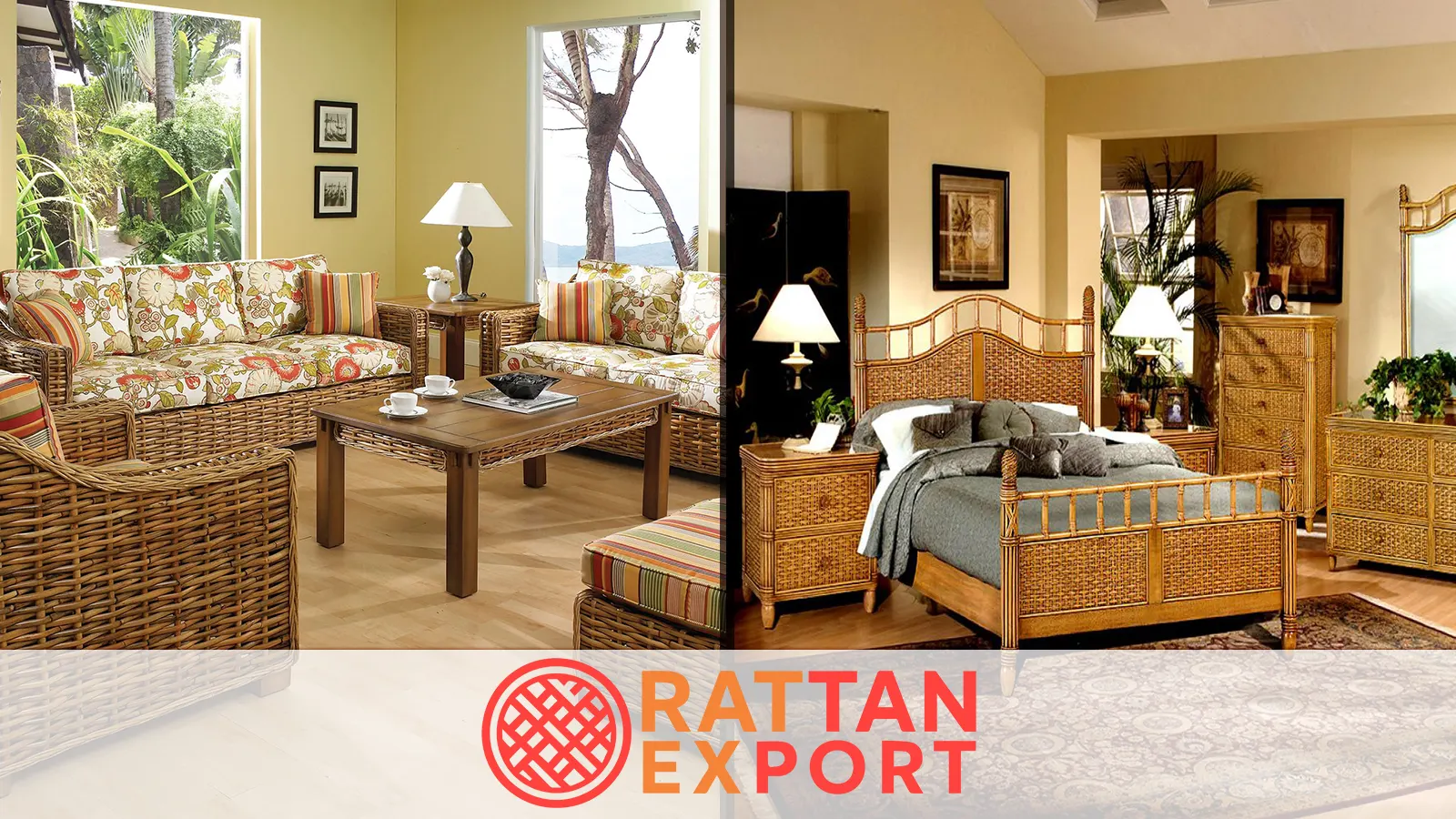Pouf Rattan
This stylish item, crafted from woven rattan, functions as a seat, footrest, or even a decorative accent in both indoor and outdoor settings. Over the years, the rattan pouf has gained global popularity due to its lightweight structure, eco-friendly material, and timeless design. In this article, we will cover the fashion trends around rattan poufs, styling inspirations, detailed care methods, market prices with analysis, the cultural background of Indonesian rattan craftsmanship, and a strong conclusion about its value.
Style Trends of Rattan Pouf
The demand for natural furniture has been steadily increasing, and the rattan pouf is at the forefront of this movement. Designers across Europe, America, and Asia are embracing rattan poufs for their flexibility in both casual and formal settings. They are often used in bohemian living rooms, tropical-inspired patios, Scandinavian interiors, and modern minimalist spaces. The woven texture of rattan adds warmth, character, and a natural charm to any environment.
Recent trends also show the combination of rattan with cushions upholstered in linen or cotton fabrics. This enhances comfort while maintaining the organic appeal. Many designers also experiment with natural dyes to give rattan poufs a unique finish, ranging from natural honey tones to darker coffee shades, making them adaptable to different décor themes.
Interior Combinations & Styling Inspirations
Rattan Pouf in Minimalist Living Rooms
Placed in a minimalist living room, the rattan pouf adds both seating and texture. Paired with a white sofa, a neutral rug, and wooden décor, it provides balance and softens the stark minimalism.
Rattan Pouf in Tropical Outdoor Spaces
Perfect for patios, gardens, and terraces, the rattan pouf fits seamlessly into tropical outdoor settings. Add large potted plants, bamboo chairs, and pastel-colored cushions for a Bali-inspired outdoor lounge.
Rattan Pouf in Scandinavian Interiors
In Scandinavian homes, the rattan pouf introduces a tactile element to predominantly white and gray spaces. Combined with wool blankets and simple wooden furniture, it creates a cozy yet stylish atmosphere.
Rattan Pouf in Bohemian Corners
A rattan pouf works beautifully in bohemian corners filled with colorful rugs, ethnic textiles, and artisanal decorations. It can serve as extra seating or a casual side table with a tray placed on top.
Rattan Pouf in Modern Contemporary Homes
Even in modern interiors, the rattan pouf stands out as a contrasting natural element. Its simple round form complements industrial or contemporary furniture, offering a refreshing organic touch.
Care & Maintenance Methods
- Dust the pouf regularly with a soft cloth.
- Use a small vacuum nozzle to remove dirt from the woven sections.
- Avoid excessive direct sunlight to prevent fading.
- Wipe with a damp cloth occasionally to maintain natural moisture.
- If used outdoors, place it under a shaded area to avoid rain damage.
- Apply anti-fungal or anti-termite treatment if kept in humid climates.
- For cushion-topped poufs, clean the fabric according to care instructions.
With regular care, a rattan pouf can last many years while maintaining its original beauty and strength.
Pricing & Market Analysis
The price of rattan poufs varies depending on size, design, and craftsmanship. Handmade poufs are more valuable due to the artisanal work involved. Below is a price overview in USD:
| Model | Wholesale Price (USD) |
|---|---|
| Small Rattan Pouf | 85 |
| Medium Rattan Pouf with Cushion | 130 |
| Large Round Rattan Pouf | 175 |
| Outdoor Rattan Pouf | 210 |
| Luxury Handwoven Rattan Pouf | 280 |
| Custom Design Rattan Pouf | 350 |
The main markets for rattan poufs are the United States, Europe, Japan, and Australia. With increasing awareness of sustainable living, poufs are gaining traction as eco-friendly alternatives to synthetic furniture. They are also popular among middle-to-upper-class buyers who value craftsmanship and unique handmade products.
Cultural Background of Rattan Production
Indonesia, especially Bali and Lombok, is renowned for its rattan craftsmanship. The skill of weaving rattan into furniture is passed down through generations, making every pouf not just a product, but a cultural artifact. The process involves selecting high-quality rattan, drying it naturally, weaving it carefully, and finishing with precision. This cultural heritage ensures that Indonesian rattan products remain highly valued globally.
For local communities, rattan production is also a crucial source of livelihood. By purchasing authentic Indonesian rattan poufs, international buyers support sustainable development and help preserve traditional craftsmanship.
Conclusion
Rattan Pouf is more than just a piece of furniture—it is a multifunctional, eco-friendly, and stylish addition to any home. Whether used as seating, a footrest, or decorative accent, it brings natural warmth and character to interiors and exteriors alike. As sustainable design continues to shape the global furniture market, investing in a rattan pouf represents not only a smart design decision but also a conscious choice to support eco-friendly living and cultural heritage.
